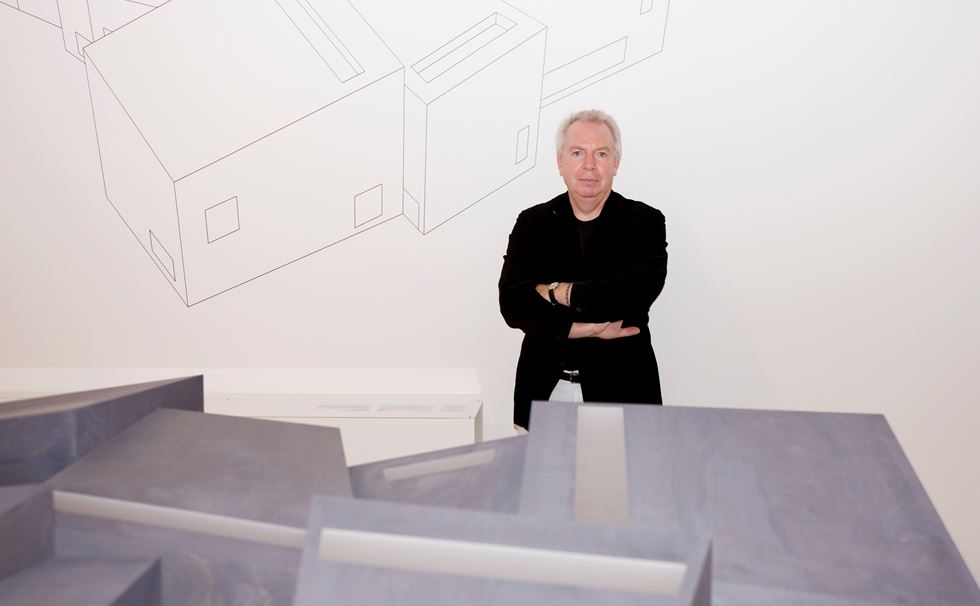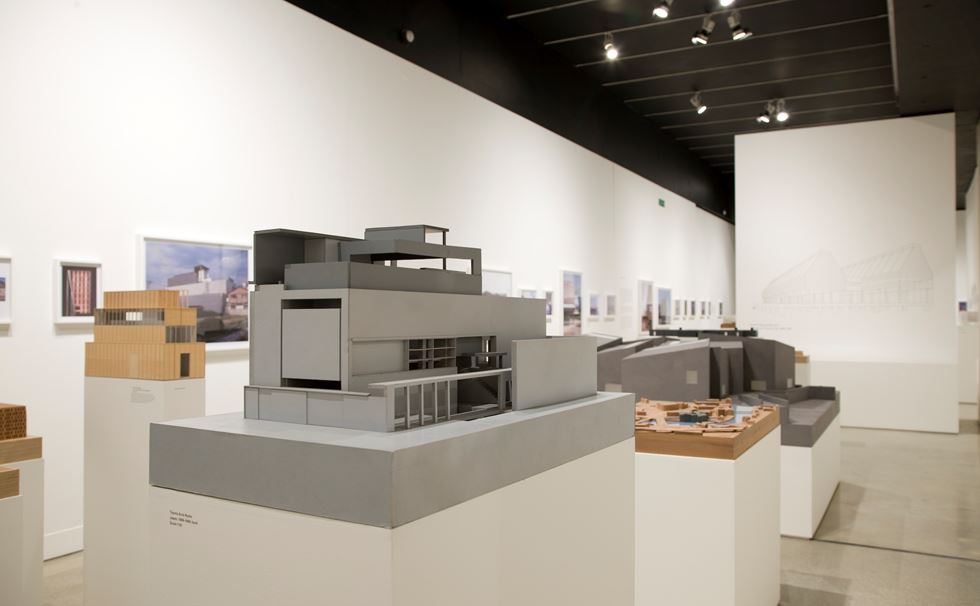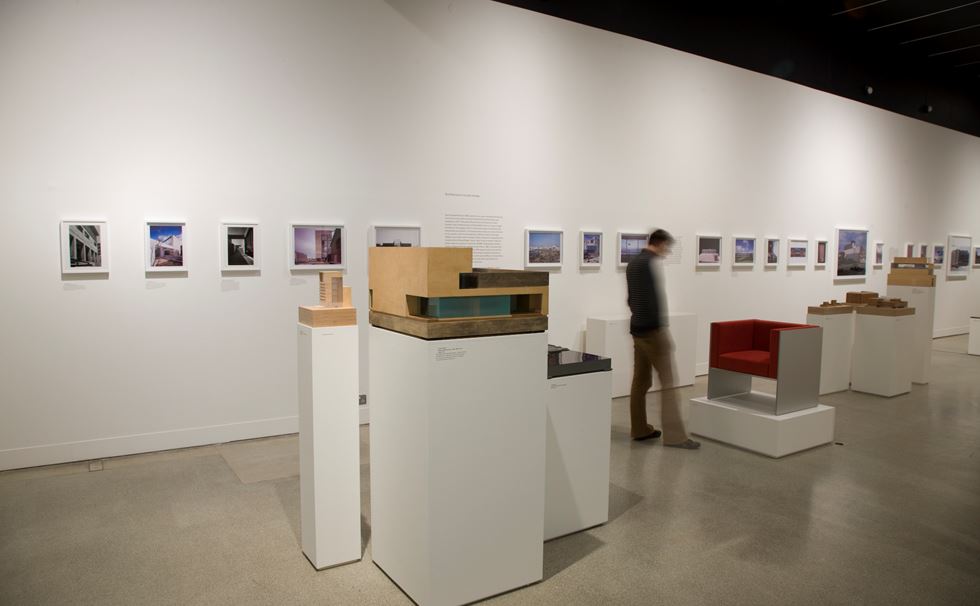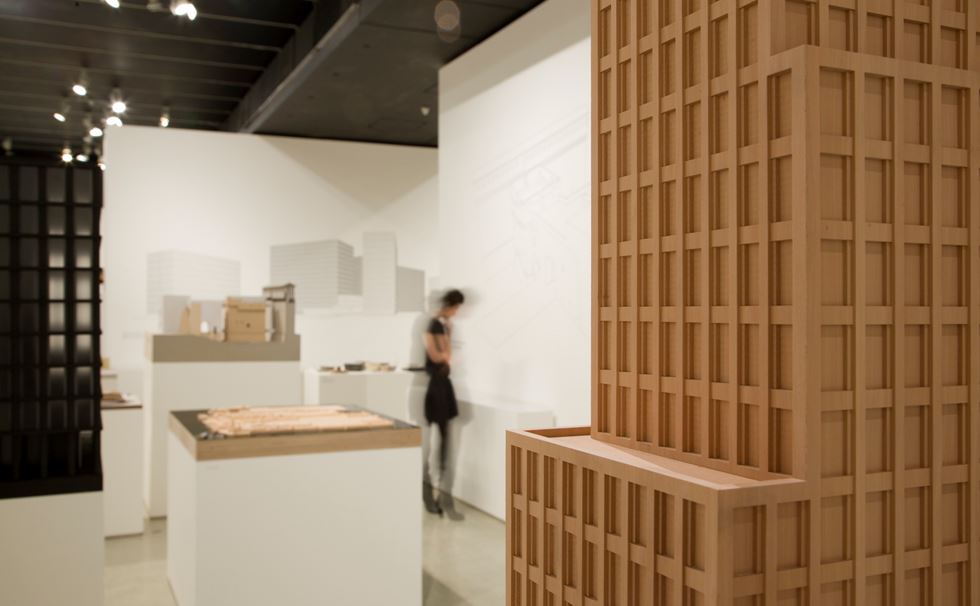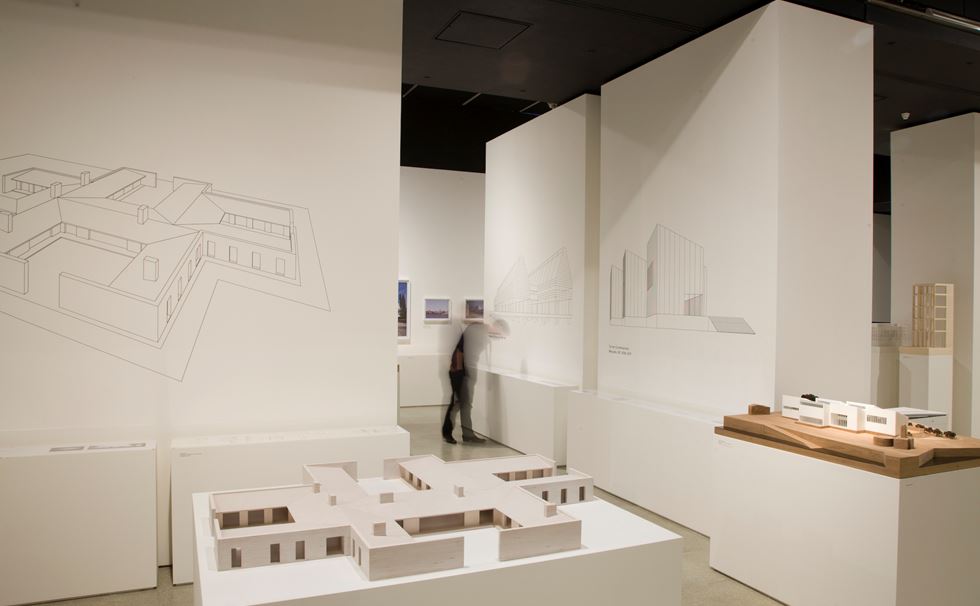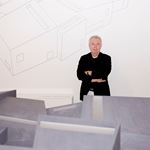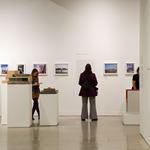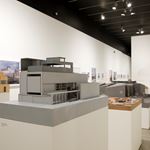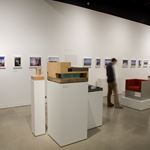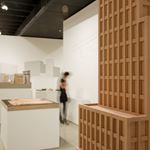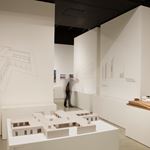Profile
David Chipperfield
David Chipperfield’s first substantial project was the long demolished shop designed for Issey Miyake on Sloane Street in 1983. With its veined white marble, generously proportioned timber floorboards and an intricate palette for the supporting cast of materials, it might seem a little rich for the Chipperfield of today, but it remains a sophisticated exercise in place-making, and in its intentions and ambitions are not so far from what he would be doing now. Even then, Chipperfield was ready to say that it was important not to do too much. All that a shop might need would be a really beautiful floor. That introduction to Issey Miyake was to take him to Japan, where he was one of the early arrivals in the wave of Western architects sucked into the Tokyo of the Bubble Economy. He built two substantial buildings — an art gallery and an office building. It was enough to keep his office in London afloat, though he built very little in Britain at that time: a house for the photographer Nick Knight, the River and Rowing Museum in Henley, and a little office building in Camden.
Chipperfield had an office in the same semi-derelict building as Blueprint Magazine. With space to spare, he turned the basement of the building into the architecture gallery, 9H. For the London of those days, where a self-regarding insularity gave it an unjustified faith in its own pre-eminence as an architectural centre, the bracing astringency of 9H was something of a departure. Named after the hardest of hard lead pencils, 9H was determined to bring the unsentimental architectural sensibility of what were then seen as obscure Swiss firms, such as Herzog and de Meuron, and assorted Austrians, to the blinkered attention of the Anglo Saxon world. It was not an easy task. And indeed, 9H’s policy was to have some piquantly unintended consequences. It was Herzog and de Meuron who were selected to rebuild the derelict Bankside power station as Tate Modern, rather than Chipperfield who had put everything that he could into his competition submission, even a last minute plan to amputate the building’s landmark chimney, in a move to create the kind of generously proportioned gallery spaces that Tate Modern still lacks in sufficient quantity.
His response to the difficult climate of the 1980s when he started in practice, after training at Kingston University and at the Architectural Association, followed by time spent working for both Richard Rogers and Norman Foster, was not to compromise with the Prince of Wales and his acolytes or with the cynical commercial developers of the period. Instead he stuck with the restrained, quiet, thoughtfulness of the architecture that the 9H team championed. There were a couple of bruising encounters with the militantly philistine nature of the British way of doing things. When Chipperfield designed Nick Knight’s house in an undistinguished suburban street, the neighbours, unabashed by the banality of their own homes, did all that they could to prevent it from being built. Chipperfield had an equally hard time building his own offices in a mews in Camden, with the London evening paper gleefully egging on opponents of what was described as his ‘aggressively modernist and out-of-scale design’. In the process, Chipperfield realised that to have any chance of building, or indeed surviving, he would have to look beyond Britain to mainland Europe, where he could see himself as part of a group of architects who brought a seriousness and intellectual ambition to their work that went beyond stylistic mannerisms.
Chipperfield today heads a substantial international practice. He is building, or has built, in China, America, Japan, Italy, Spain and Germany, though comparatively little in Britain. And so, Chipperfield, who is in so many ways quintessentially English, has become the most European of British architects. His office in Berlin — established a decade ago to work on the most complex project he has ever addressed, the reconstruction of the Neues Museum, Berlin’s archaeological museum, bombed in the Second World War and never restored — is now larger than his London operation.
It is a complex position in which to find himself, especially for an architect who believes in rooting his work in place, memory, and material qualities. When you have joined the international flying circus, how do you resist the tendency it encourages toward the showy gesture, and the quick fix?
Chipperfield’s work could be seen as conservative in the best sense. He is looking for architecture that lasts, that resists the culture of spectacle. Presenting his design for a new headquarters for the BBC in Glasgow to a competition jury, with a site on the edge of a derelict enclosed dock on the fringes of the city, surrounded by a howling void of anonymous and banal business parks and apartment towers, Chipperfield described his task as trying to find a way to give some sense of permanence and place to an environment, which looked, as he put it, as if it might blow away with the first gust of wind.
Given the restrictions of the budget, and the brutal simple-mindedness of a procurement procedure that saw the BBC outsourcing the project to a finance house, there were not too many options for Chipperfield. But he came up with a project that made the most of its interior. Like an Adolf Loos raumplan, he took the fixed elements of the brief — the studios — and placed them on the floor of the building like giant steps. He put the social spaces of the building on top of them in a cascading sequence that raises the height of the interior. In the process he made somewhere out of nowhere.
The challenge for his two early Japanese buildings was almost the reverse — how to create a moment of stillness in the midst of the chaotic life of the suburban fringes of contemporary Japanese cities. He did it by creating a world within a world.
As Chipperfield’s practice has grown and matured, he has stepped up to the challenge of exploring new types of brief, and developing his own distinctive voice. The most complex, and hard to categorise, is the Neues Museum in Berlin, which undoubtedly stands as his first mature landmark, and perhaps also the building in which he has taken the biggest conceptual risks and come up with solutions that are both traditional, in that they refer back to the strategies for dealing with the restoration of old buildings advocated by William Morris when he set up the Society for the Protection of Ancient Buildings in the 19th century, and yet have an entirely contemporary astringence.
The Neues Museum, with its obsessively painstaking approach to preserving every flake of damaged paint from a building mutilated by war, and dissolving in the rain of decades of post-war neglect, is like nothing previously attempted in its attitude to history and its attempt to make something new out of it.
Equally original in its own way is the emergence of a group of buildings that began with the Museum of Modern Literature in Marbach, Germany. With a cliff-top setting, alongside a classical neighbour, Chipperfield broke the greatest post-war taboo of German architecture, and introduced what can only be understood as a modernised classical building, with colonnade, though no entablature, or capitals on its columns. Chipperfield is uncomfortable about having too much made of this, but it is clearly a vocabulary which is set to recur in other projects that he is working on. This kind of disciplined tectonic approach is only one strand to his work.
The building he did for Valencia’s waterfront when that city hosted the America’s Cup is a reminder of his interest in the relationship of architecture with urbanism, and also a concern for the social aspects of a building. Chipperfield gently subverted what was intended to be a viewing platform for an elite group of sponsors for the yacht racing season, by tying it into the city around and making it partly permeable to the public.
For Chipperfield, a master plan is not merely the disposition of blocks on a map, a kind of large scale architecture, rather it is a means of articulating a shared vision about what a university might be like, or how a cultural centre can be part of the life of a city. He is a pragmatist of course. Anybody with a large office to maintain has to be that. He is ready to make silk purses out of the sow’s ear projects; bringing a certain dignity to affordable mass housing projects on the edge of Madrid, at the same time as engaging in the intellectually sophisticated challenge of making a studio for the artist Antony Gormley. But he has stuck to his belief in architecture of substance.
Image Credits
The Hepworth Wakefield, Wakefield, UK, David Chipperfield Architects
Anchorage Museum at Rasmuson Center, Alaska, USA, Richard Davies
Museum of Modern Literature, Marbacham Neckar, Germany, Christian Richters
Form Matters exhibition, Design Museum, Luke Hayes
Pancras Square, Kings Cross, Richard Davies

